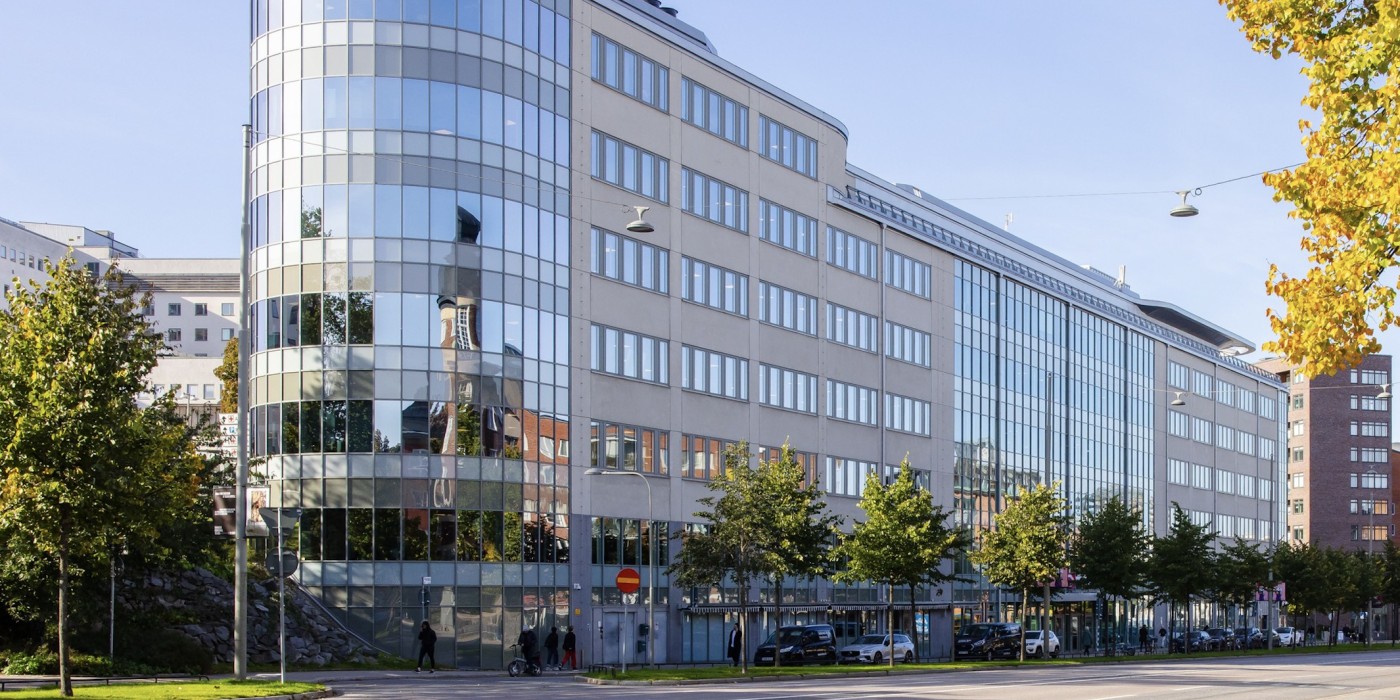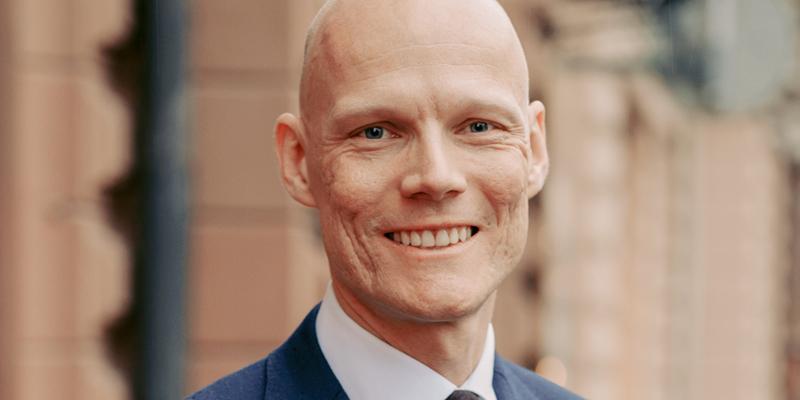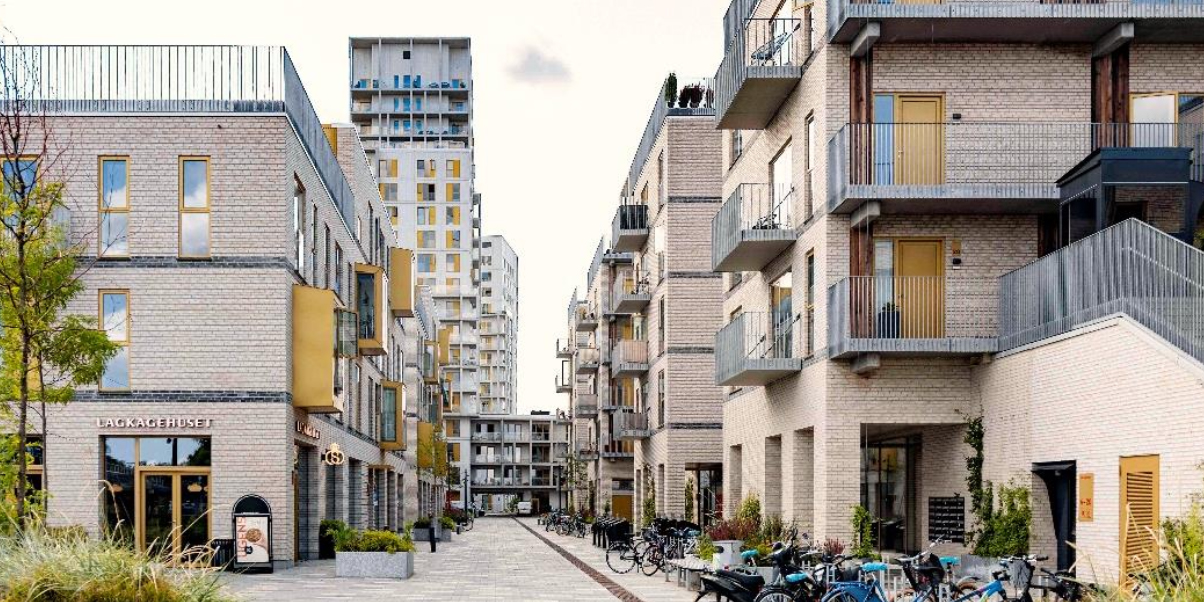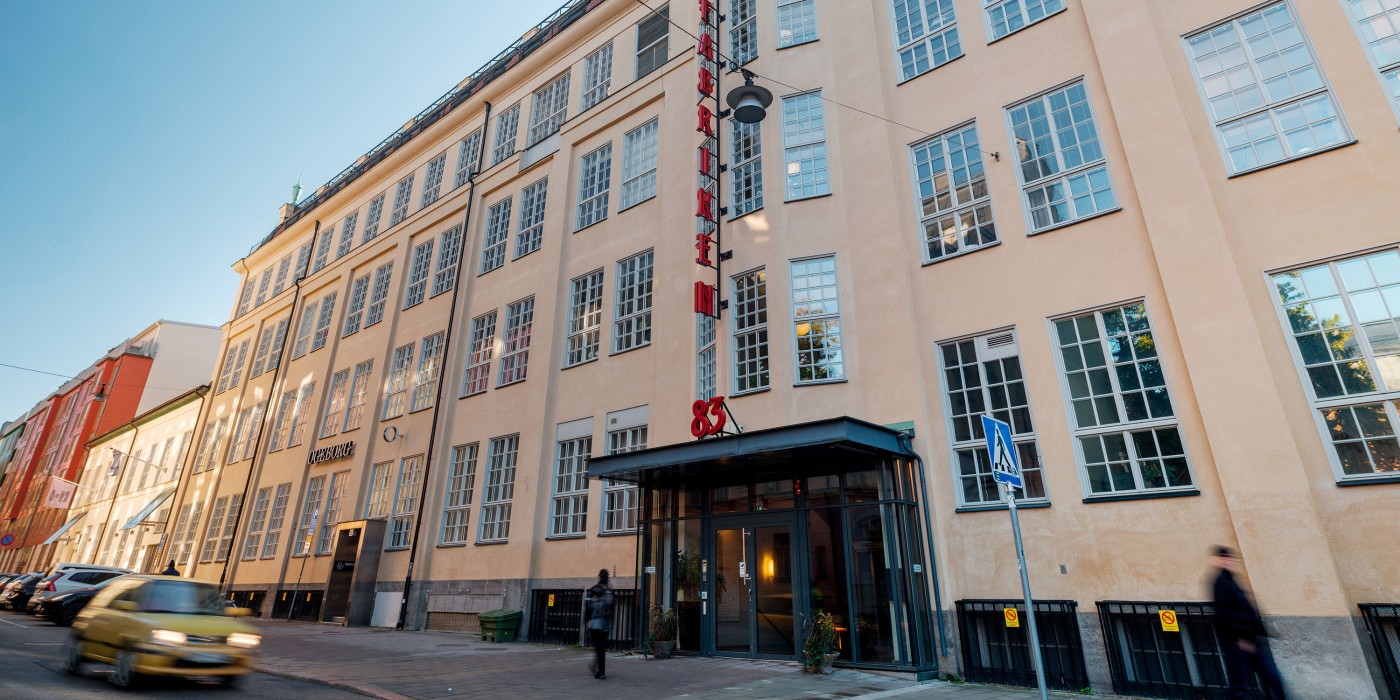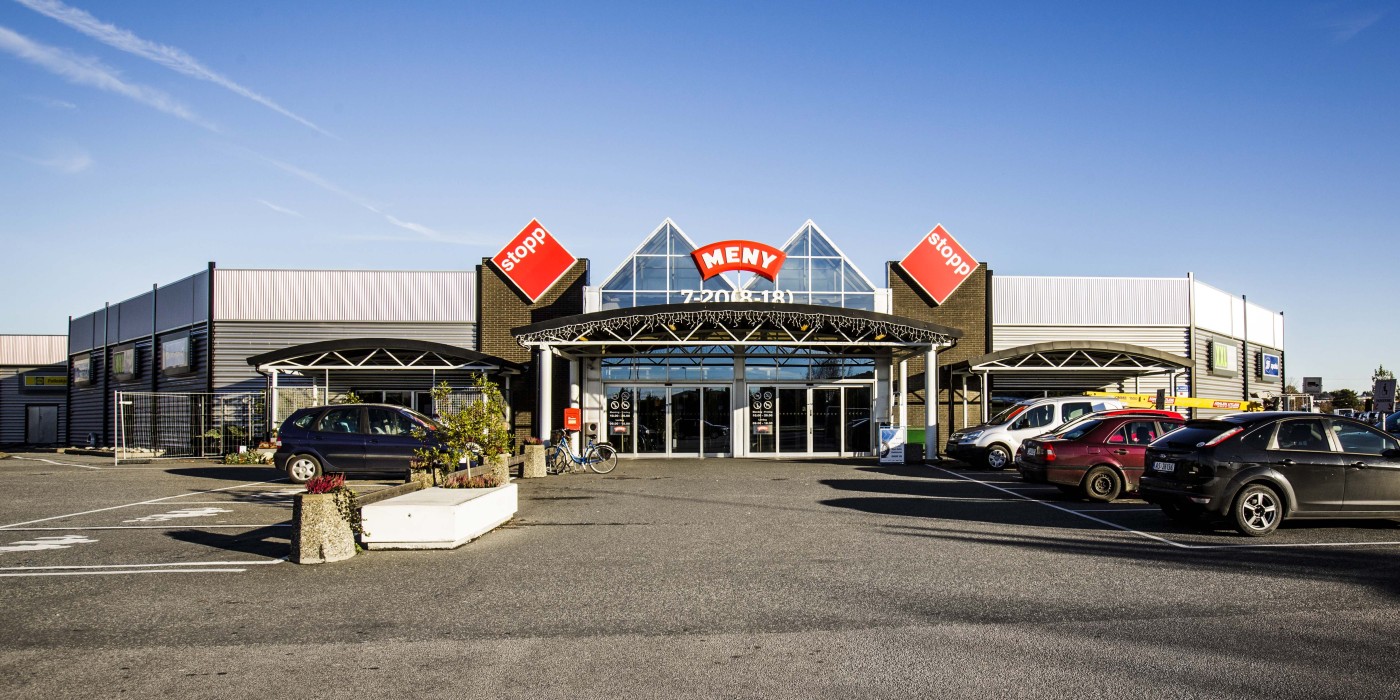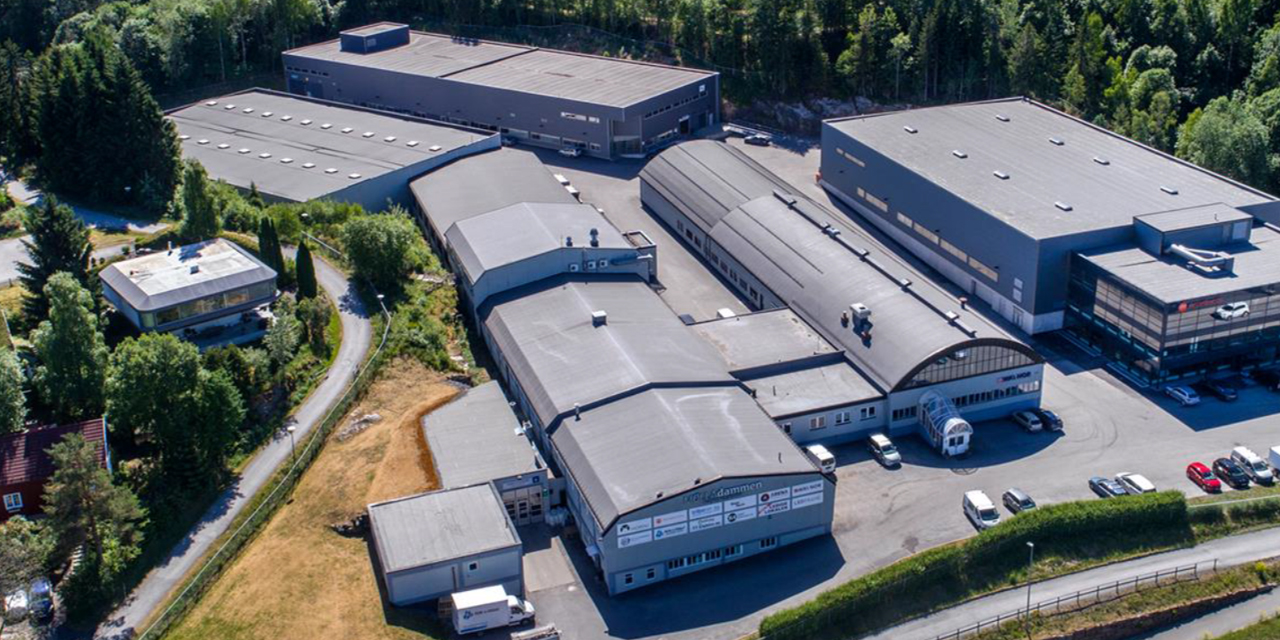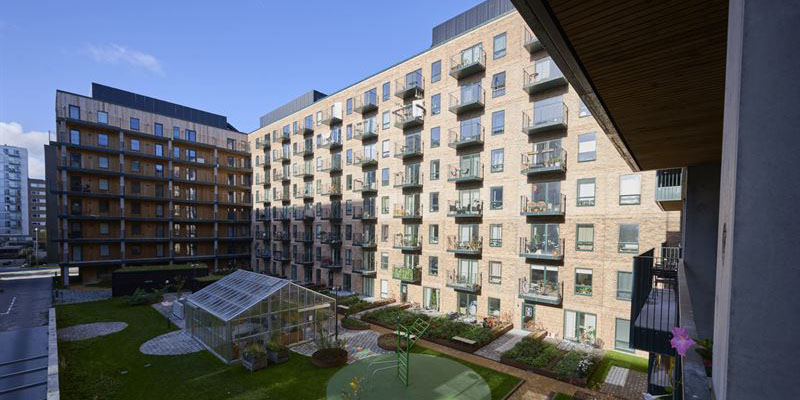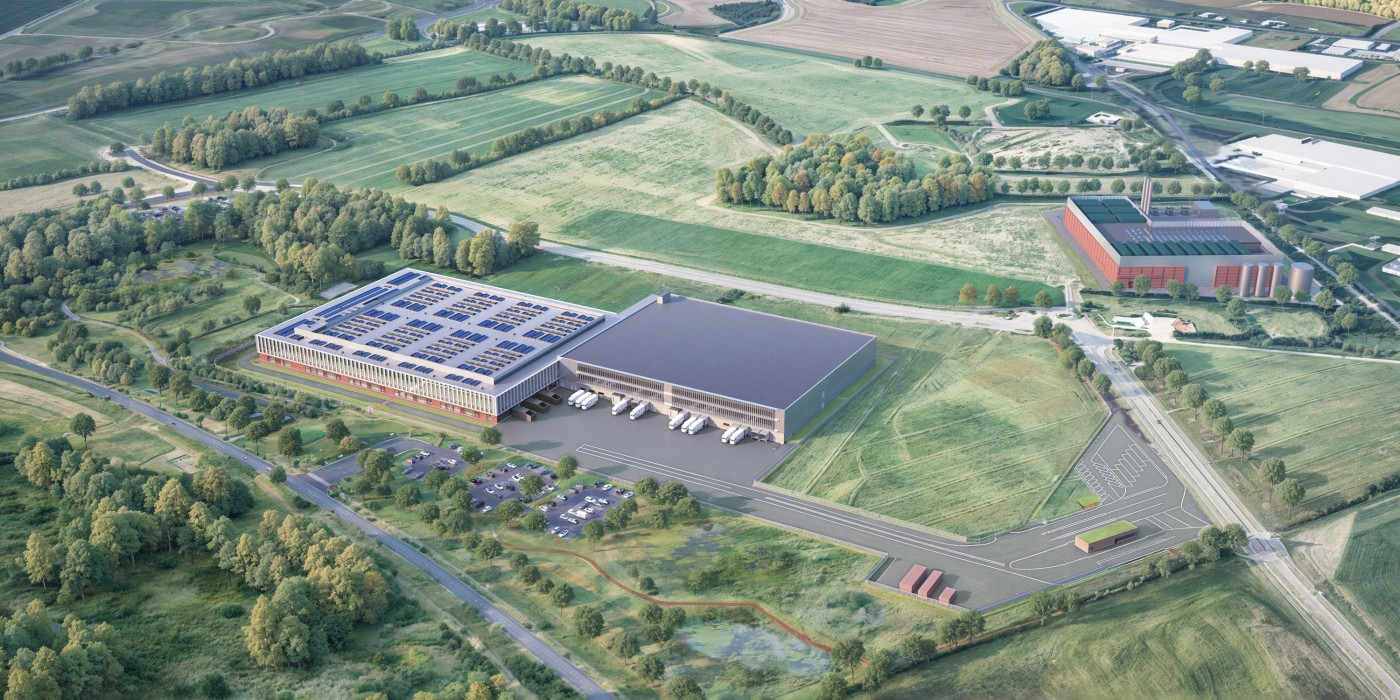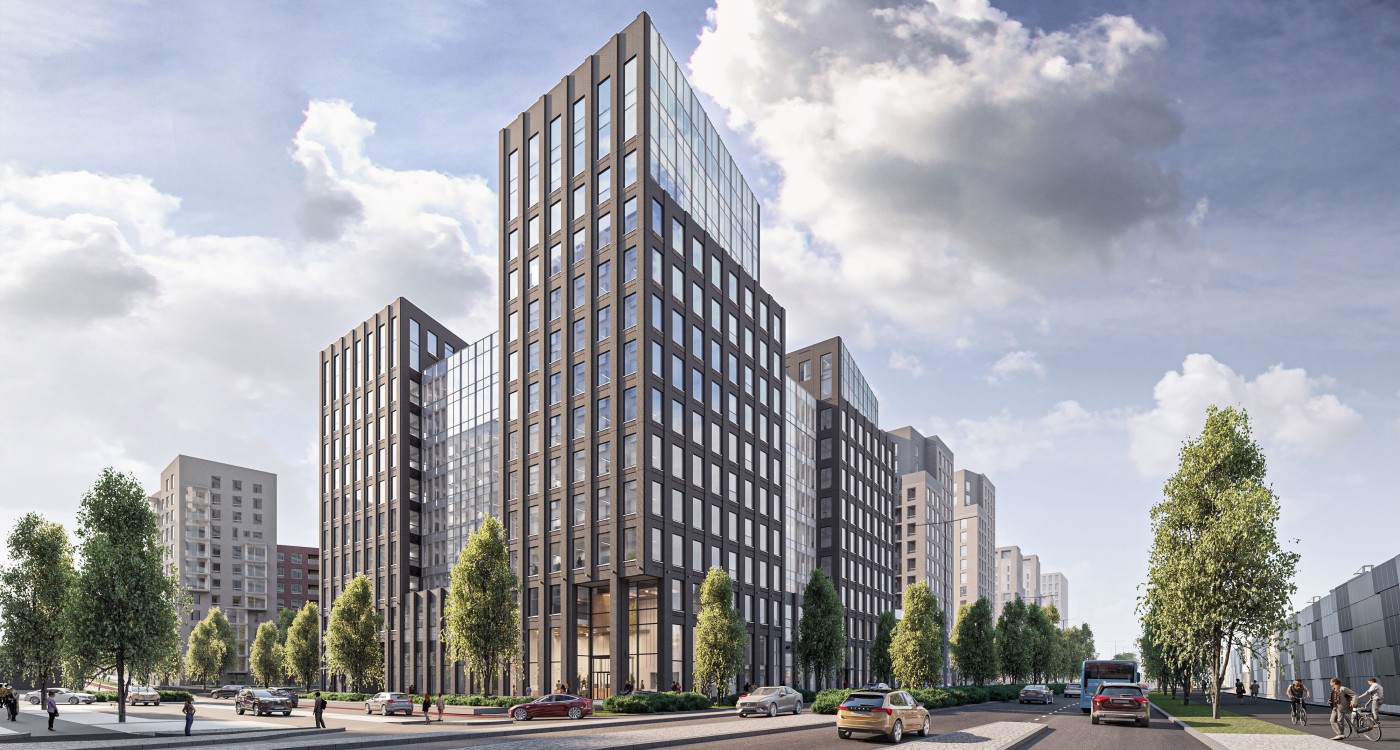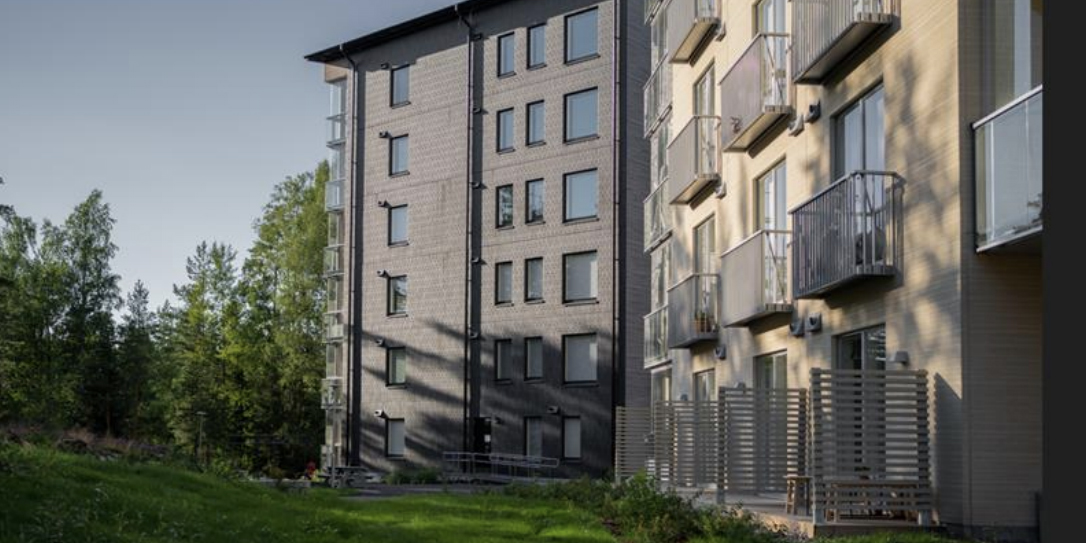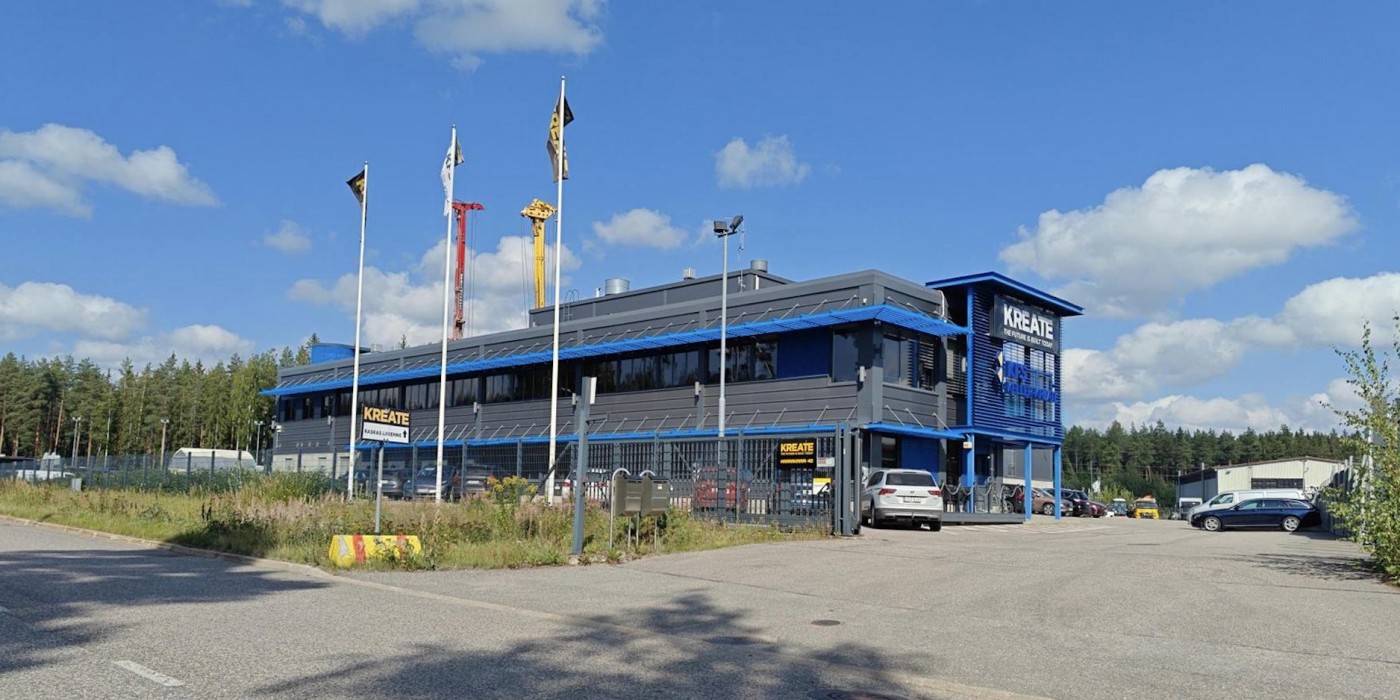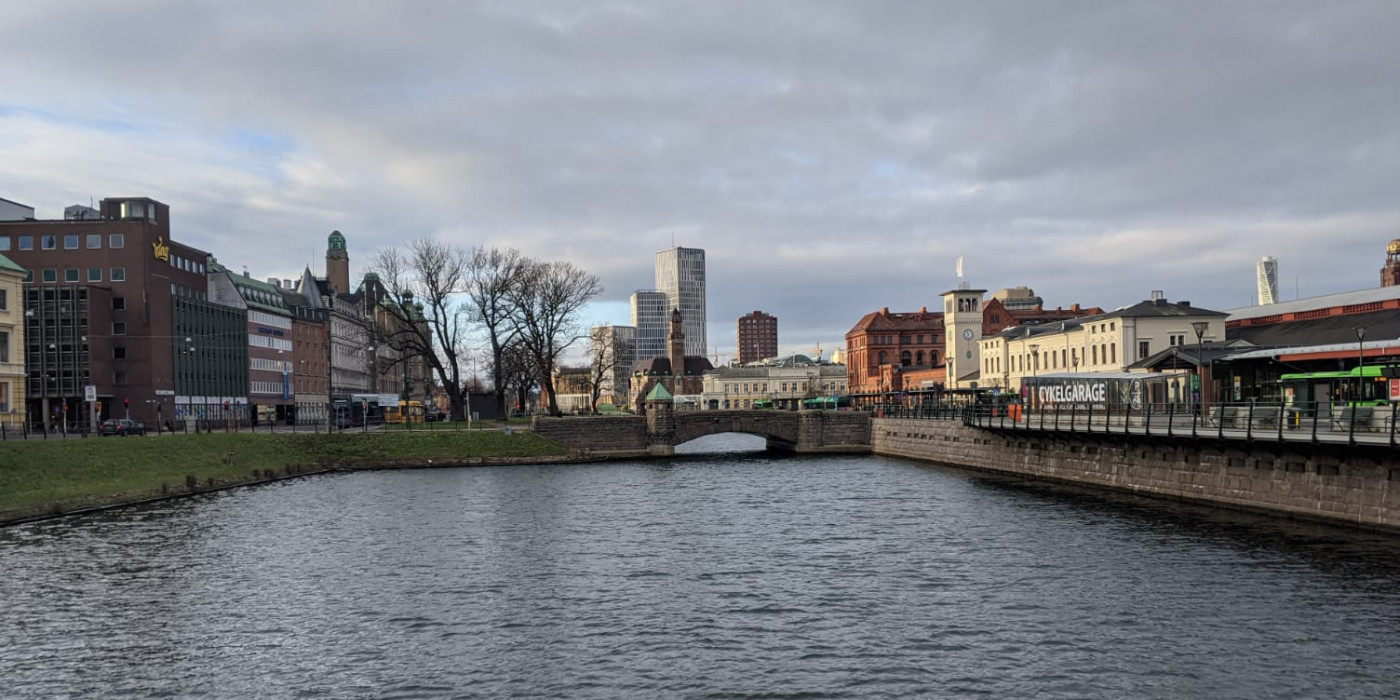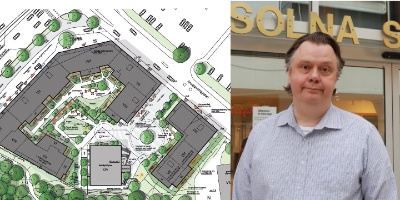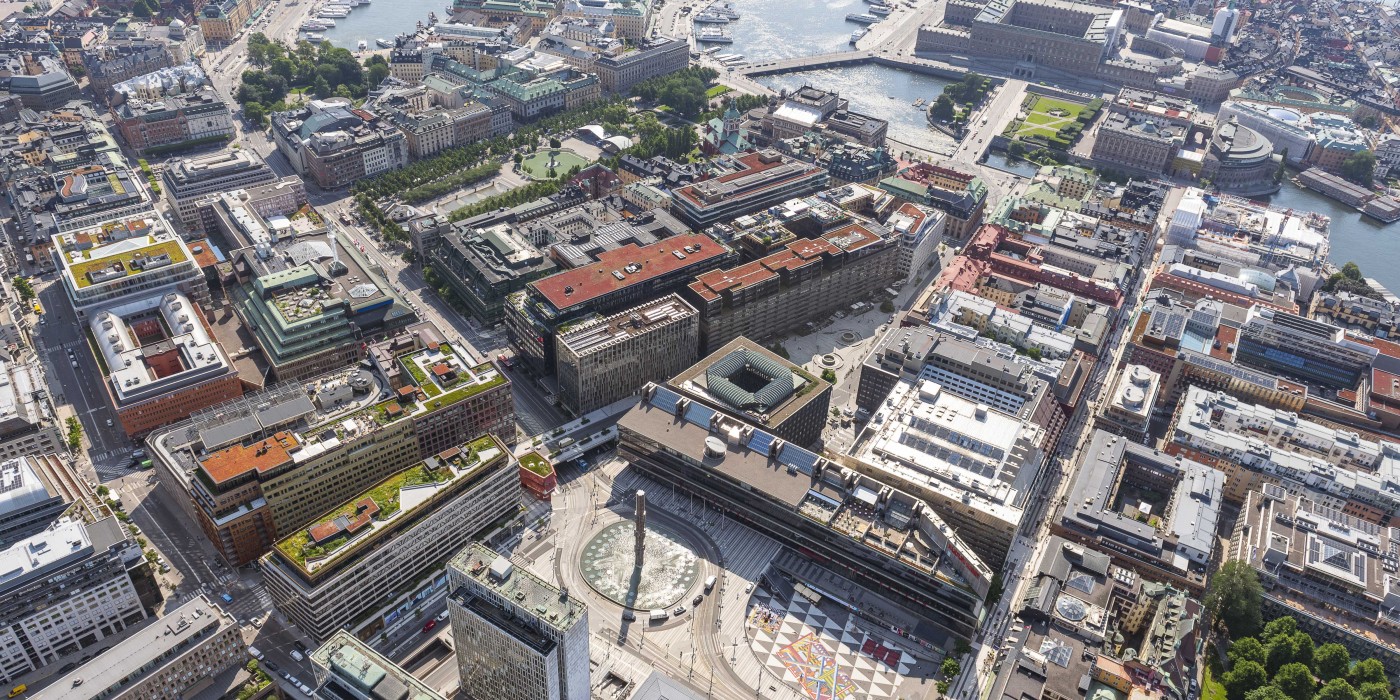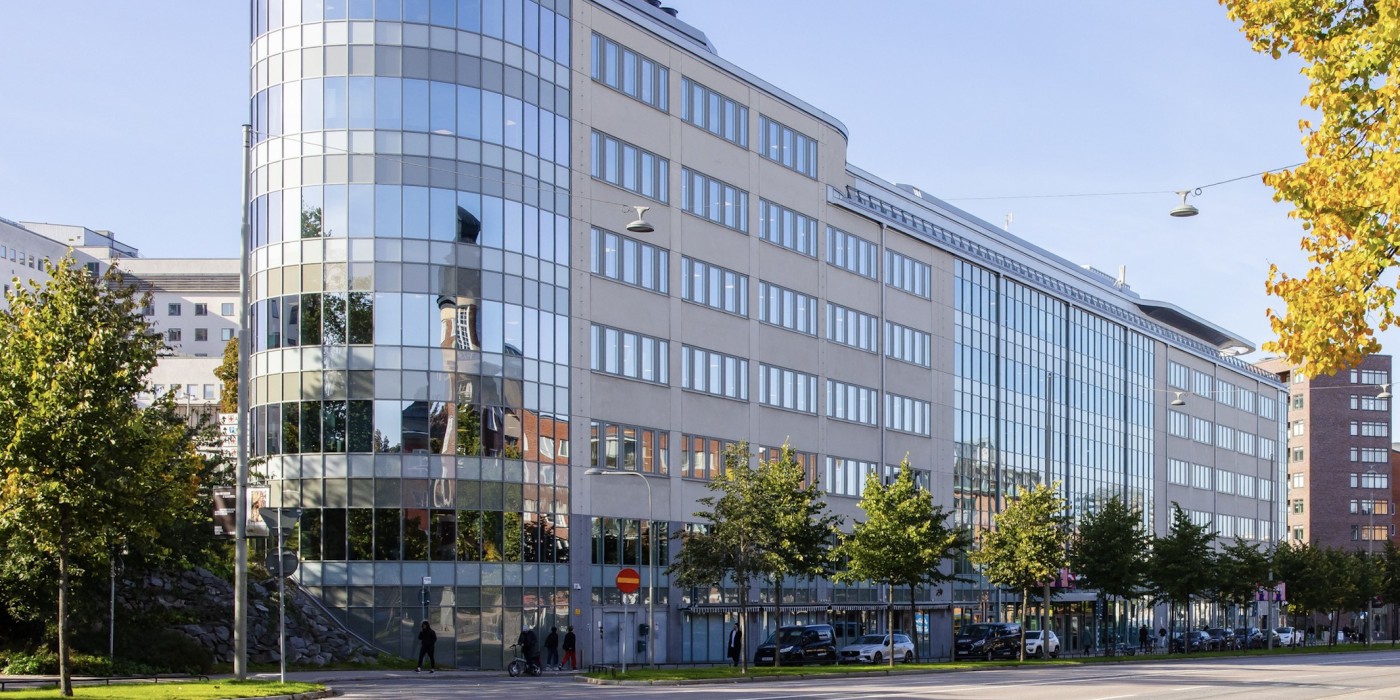“The increased appetite for property lending among banks has led to a competitive climate, meaning more favourable terms for property owners,” comments Peter Wiman, Head of Research, Savills Sweden. “Sweden is characterized by a strong expansionary monetary policy and the economy is expected to remain robust throughout 2016. This in turn has made our commercial property an increasingly desirable asset and fuelled demand from investors here and abroad.”
With 24 percent of the total volume attributable to investment in the office market in Q1 2016, Savills notes that this remains the most desirable real estate sector. Residential, closely followed by industrial, were the second and third largest sectors, representing 20 percent and 19 percent respectively of total transaction volumes. The firm has identified that demand for assets in the industrial and warehouse sector has increased significantly in recent years as demand for logistics space to service online retail has grown.
640 transactions completed last year, a record high and 11 percent up on 2014, however the total investment volume for 2015 amounted to SEK 154 bn, which is slightly lower than 2014, but comparable with the strong years prior to the financial crisis in 2008.
2016 has seen a 20 percent dip in transaction numbers during the first quarter compared to Q1 2015. Due, however, to the lower number of transactions and high transaction volume, the average deal size reached SEK 315mn, 25 percent higher than the 10-year average deal size.
Interestingly, the portfolio transaction volume during the first quarter of 2016 amounted to SEK 22bn, an increase of 107 percent compared to Q1 2015, and accounting for 64 percent of the total transaction volume.
“The amount of capital targeting property investments has led to premiums being paid for sizeable property portfolios,” continues Peter Wiman.
According to Savills, cross-border investment in Sweden has also notably increased continuously since 2009 and foreign investors accounted for 21 percent of the total transaction volume in 2015. The share of foreign investors has continued to increase in 2016 and already reached 24 percent in the first quarter.
The outlook for the rest of 2016 looks to be positive as recent repo rate cuts by the Bank of Sweden will favour the property sector, keeping the costs of financing at historically low levels.
“There is still a shortage of supply, and demand for assets across all sectors and geographical markets is likely to remain high,” comments Fredrik Östberg, Head of Investment, Savills Sweden. “Yields across all property sectors are expected to remain stable, however we do anticipate that fierce competition for prime assets could result in investors turning to secondary assets, leading to a compression in the yield gap.”
Record Breaking Investment Volumes in Sweden
 Sweden —
During the first three months of 2016 Sweden witnessed a record SEK 35bn (€3.8bn) of investment into commercial real estate. According to international real estate advisor Savills, this investment volume is 39 percent up on Q1 2015 and 11percent higher than the previous Q1 record in 2007, an all time high for a first quarter period.
Sweden —
During the first three months of 2016 Sweden witnessed a record SEK 35bn (€3.8bn) of investment into commercial real estate. According to international real estate advisor Savills, this investment volume is 39 percent up on Q1 2015 and 11percent higher than the previous Q1 record in 2007, an all time high for a first quarter period.
2016-04-20


 All Nordics
All Nordics
 Denmark
Denmark
 Finland
Finland
 Norway
Norway

